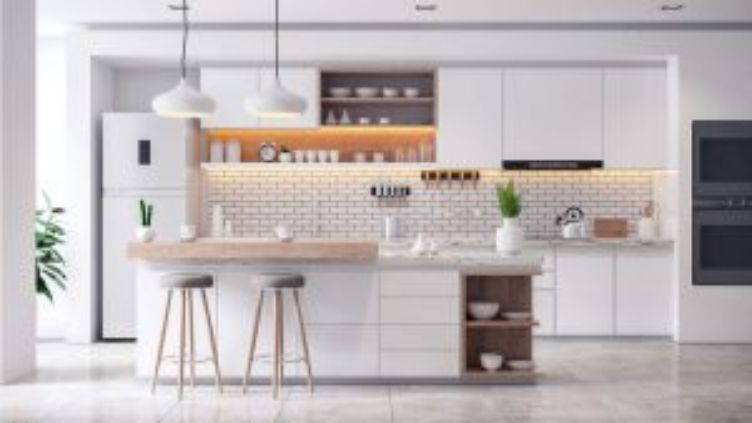The Ultimate Guide to Custom Kitchen Design
The kitchen is the heart of any home, and a well-designed kitchen can make all the difference. Custom kitchen design allows you to create a space that meets your unique needs and style, from the layout and materials to the appliances and finishes. In this guide, we’ll offer expert advice on how to design and build a custom kitchen that reflects your personality and lifestyle.
Determine your needs and style The first step in designing a custom kitchen is to determine your needs and style. Consider your cooking and dining habits, storage requirements, and desired aesthetics. Do you prefer a sleek modern style, or a more traditional and cozy feel? Make a list of must-haves and nice-to-haves, and use them as a guide throughout the design process.
Choose the right layout The layout of your kitchen can greatly impact its functionality and flow. Consider the work triangle, which is the distance between the sink, stove, and refrigerator. An efficient work triangle allows for easy movement and access to these essential areas. There are several popular kitchen layouts to choose from, including U-shaped, L-shaped, and galley-style.
Select high-quality materials Using high-quality materials is essential for a durable and long-lasting custom kitchen. Choose materials that not only look beautiful but are also practical and easy to maintain. Materials such as granite, quartz, and marble are popular choices for countertops, while hardwood and tile are durable options for flooring.
Incorporate smart storage solutions Storage is crucial in any kitchen, and custom design allows for creative solutions. Consider custom cabinets, pull-out pantry shelves, and hidden storage spaces to maximize your kitchen’s functionality and organization.
Invest in quality appliances Investing in high-quality appliances can save you time and money in the long run. Look for energy-efficient models that will help you save on your utility bills. Choose appliances that meet your cooking and storage needs, such as a double oven, a large refrigerator, and a built-in wine fridge.
Select the right lighting Proper lighting can make all the difference in a kitchen, both in terms of functionality and aesthetics. Plan for a combination of ambient, task, and accent lighting to create a warm and inviting atmosphere. Under-cabinet lighting is also a popular option for illuminating workspaces.
Hire a professional designer Designing a custom kitchen is a significant investment, and working with a professional designer can ensure that you get the most out of your budget. A designer can help you select the right materials, layout, and finishes to create a beautiful and functional kitchen that meets your needs and style.
In conclusion, designing a custom kitchen requires careful planning, attention to detail, and a focus on quality materials and appliances. By following these expert tips, you can create a kitchen that reflects your unique personality and lifestyle while providing a functional and beautiful space for cooking and dining.

